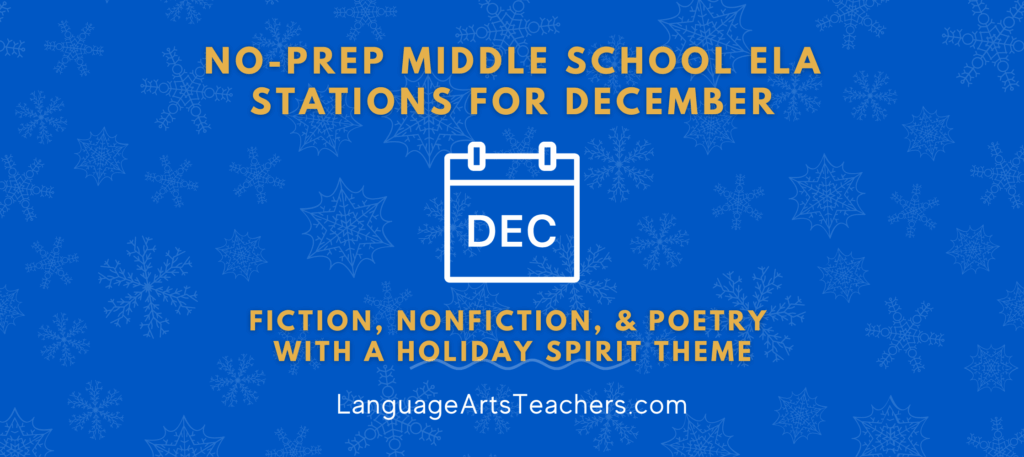Teaching Tone
Activities for Your Middle School ELA Classroom
What is the TONE of the text?
It’s not what you say… It’s how you say it.
But how does that work when you’re reading and you can’t actually hear the person’s voice?
The secret is in the words the writer uses.
Easy, actionable steps to take to ensure your students can read aloud with real voice and tone:
First of all, I just want to say that this particular blog post is focused on helping your Language Arts students learn to recognize and analyze an author’s tone, inflection, and meaning! But for ways to actually get your students to read aloud with their own tone (so that reading aloud isn’t a horrible experience!), check out this blog post dedicated solely to handouts and steps for getting your kids to read aloud with TONE!
We can tell a lot about what someone thinks just by the words they use to explain something.
STEP 1
Have your students take turns reading each line here with a partner. They can ready these lines in different ways (different tone of voice) to experience how the meaning changes. The goal is to help students “hear” the meaning in behind what they read.
Tell your students: “Take turns reading each line with your partner or group.”
After students have had a chance to complete the reading activity, discuss as a class what happened and what they discovered in the exercise.
What does TONE help the reader understand?
You can tell what a writer thinks of his or her own character just by looking at how that character is described!
STEP 2
Next, try taking the activity a step further by helping your students learn to not only recognize the tone of voice, but to also analyze the meaning behind it and make a logical inference on why the words sound the way they do.
Tell your students: “Fill in the chart below to show what you can infer.”

STEP 3
Next: Give your students an opportunity to put themselves in the shoes of an author and “play” with how they want their words and meaning to sound.
Get Creative with TONE!
Tell your students: “You will write two short stories where YOU are the writer and YOU get to show what you think about a character or a situation.”
Prompt #1
Describe a character that you (as the writer) are suspicious of. Use words to describe him or her in a suspicious way (without actually using the word “suspicious”).
To help avoid the trap of having kids sit there and not write anything because “I’m thinking” or because “I don’t know what to say”, set a classroom timer for maybe 5 or 6 minutes to spur them on to getting the work done. This isn’t to stress them out or to point at the ones who don’t finish– it’s simply meant as a way to manage your classroom time and to help your procrastinators get something on paper. It’s ok if some kids don’t finish. They can still swap papers when the timer goes off and read each other’s stories. Have them circle the words and phrases that prove or support the tone they were trying to create. How were they able to create that feeling in the mini-story without actually using the word “suspicious” to do so?
Prompt #2
Describe a character that you (as the writer) are really proud of. Use words to describe him or her in a way that shows this (without actually using the word “proud”).
That second prompt would make for a nice little exit ticket for leaving class that day, or maybe a homework assignment, or a follow-up activity for later in the week just to reinforce the skill by providing more practice.
Extension Activities
To follow up with the tone topic, consider the following ideas if time permits, or use each one as a separate assignment:
-
Read a short story as a class (or pick one you’ve already read and just reuse it for this activity) and look for words/phrase/descriptions/details that indicate the author’s tone about the topic or character (discuss as you read). 1st person POV usually makes this a little bit easier for students to pick up on.
-
Print a copy of a short story and have students work together in partners or small groups to hi-light or circle clues about the author’s tone. Discuss in small groups and then discuss as a class.
-
Assign students a topic to write about that you know they will most definitely have an opinion on: school lunches, school start times, texting in class, etc. Let them write about it for brief amount of time (like a free write with no structure—just get their ideas down on paper). Then let them trade papers with a partner and hi-light or circle the key words/phrases that really show the TONE of the writer.
FOR ADDED PRACTICE:






